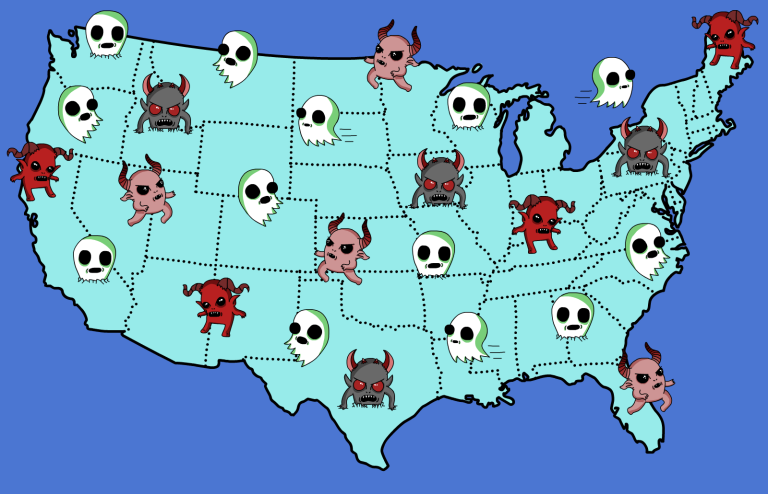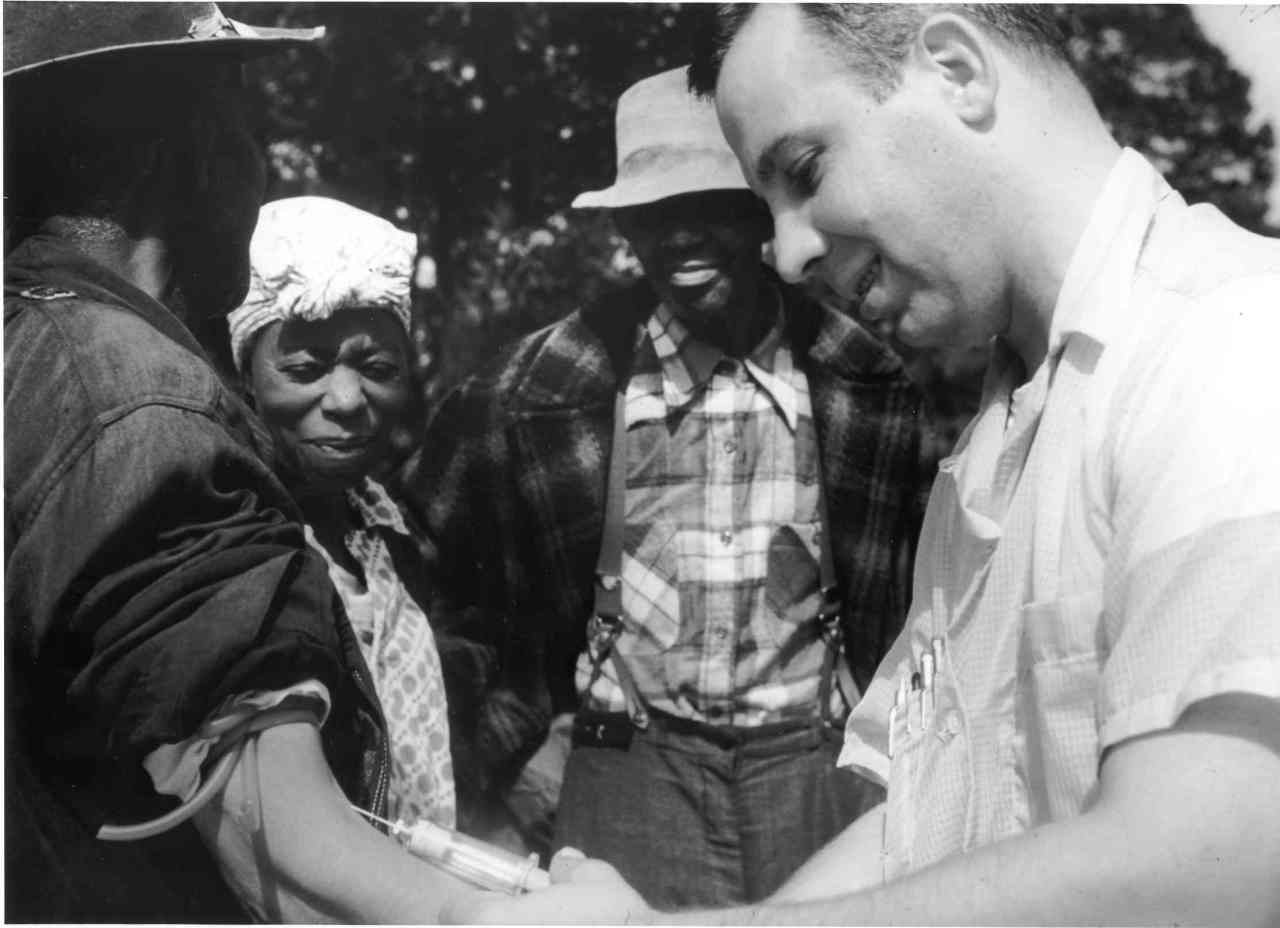
13 Instances Of Unethical Human Experimentation Performed In The United States
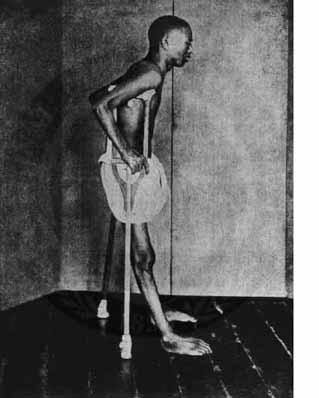
Source: Wikimedia
1. In 1902, American doctors stationed in the Philippines allegedly administered the bubonic plague virus to five unsuspecting victims. Four years later, in 1906, Dr. Richard P. Strong also reportedly infected prisoners with cholera. US Army doctors also reportedly withheld food to induce vitamin B1 deficiencies, called Beriberi.
2. Dr. Hideyo Noguchi reportedly injected men, women and children, totaling 146 patients, with syphilis, while at the Rockefeller Institute for Medical Research. He was later sued by some of the patients.
3. According to this article, the US government exposed citizens of San Francisco with a gas they thought was harmless.
In 1950, another bacterium, and any doctors or microbiologists will recognize this immediately as not something that you should play around with, it was called serratia marcescens. These bacteria were released from the Bay of San Francisco, a boat was spraying trillions of these bacteria onshore. And this is very interesting, because in San Francisco in 1950, a major hospital, university hospital, Stanford University Hospital was located, and they had never recorded any infections from serratia marcescens. Unbeknown to the doctors or anybody in the hospital, the army released the bacteria. Three days later, a case of the serratia marcescens was discovered in the hospital. A dozen or so occurred in the subsequent months. One of the patients died of serratia infection. – Leonard Cole
4. In 1955, the CIA experimented with whooping cough bacteria, which was released just outside of Tampa Bay, Florida. The experiment killed 12 people. According to this article, the CIA had received the bacteria from the U.S. Army’s Chemical and Biological Warfare Center.
5. A medical researcher named Perry Hudson conducted experiments on the New York City homeless in the 1950s with the promise of meals and beds to sleep on. The side effects of the experiment (prostate exam for cancer research) were not disclosed. According to the American Journal of Public Health and the Bulletin of the History of Medicine, Hudson’s study was “unethical, because of both the powerlessness of the people who participated in it and the things done to them.”

Source: Wikimedia
6. For over 20 years, Dr. Albert M. Kligman’s skin experiments on prisoners at Holmesburg Prison in Philadelphia went unchecked. Dr. Kligman, famous for his acne-treatment cream, Retin-A, had experimented it on the prisoners before releasing it for mass consumption. Dr. Kligman also reportedly injected 70 prisoners with dioxin, an extremely toxic chemical compound found in Agent Orange. Although the research was “very public,” his experiments were eventually condemned and exposed by Allen M. Hornblum, a former criminal justice official.
7. A 60 Minutes investigation uncovered unauthorized human experimentation done on institutionalized children at Sonoma State Hospital in northern California. From 1950 to 1960, children with cerebral palsy were left at this particular hospital, where doctors reportedly performed unnecessary spinal taps as well as experimentation with radiation on them. The investigation reports over 1,400 deaths of children due to the experimentation done at the hospital.
8. 1945 to 1947, doctors at the University of Rochester injected plutonium into 11 patients. Five were given polonium, six with uranium. The New York Times reports that the patients were chosen for their relative good health. The reason being: “The experiments were intended to show what type or amount of exposure would cause damage to normal people in a nuclear war.”
9. Dr. Eugene L. Saenger and his colleagues at the University of Cincinnati conducted experiments with radiation, irradiating 88 men, women, and children from 1960 to 1971. The patients, most of them low-class, uneducated blacks, were exposed to large amounts of radiation, where it is reported that some died within a few hours. The irradiated patients were allegedly not given palliatives to prevent side effects of radiation, (nausea and vomiting) else they interfered with data.
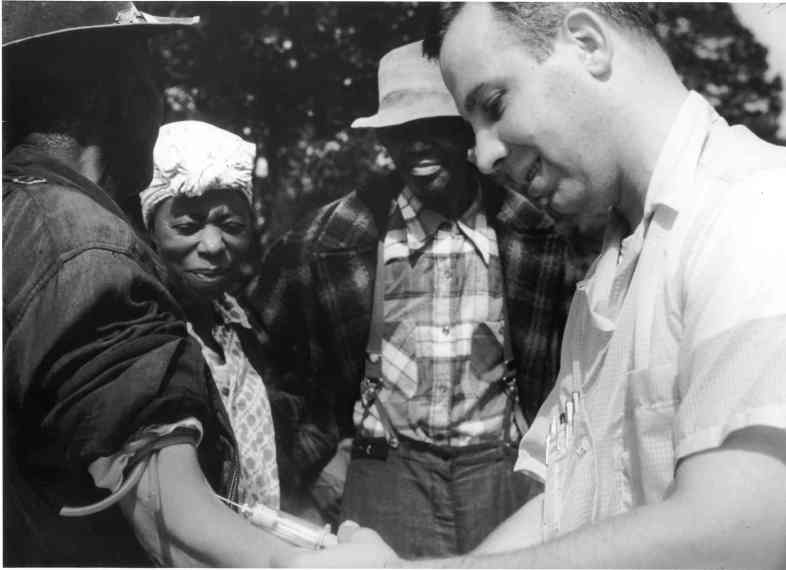
Source: Wikimedia
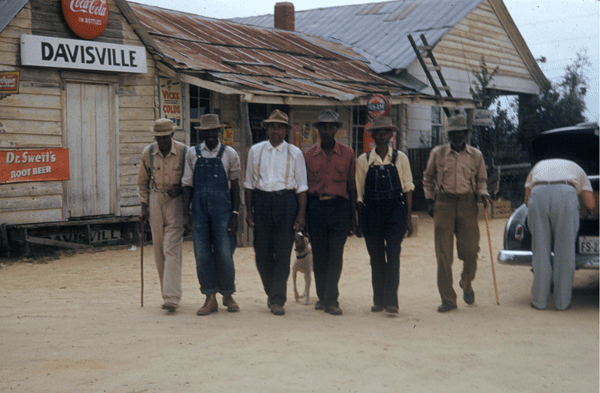
Source: Wikimedia
10. Perhaps one of the more well-known unethical human experimentation carried out by the US government, the Tuskegee syphilis experiment was conducted between 1937 and 1972. It was authorized and performed by the United States Public Health Service under the guise of free medical care. A total of 600 African American men were injected with syphilis and were given “free medical care, meals, and free burial insurance, for participating in the study.” In fact, researchers explained to the patients that they were being “treated for bad blood.” In 1997, former President Clinton apologized for the experiment — only seven of the 600 patients were alive to witness it.
Additional reading:
- Allan M. Brandt. 1978. Racism and research: The case of the Tuskegee Syphilis study. The Hastings Center Report 8(6): 21-29.
- Racism and Research: The Case of the Tuskegee Syphilis Study
11. The US Navy began a program in 1947 called Project CHATTER to develop “truth serums” that would be administered during interrogation. The project experimented on both animals and humans (20 humans, according to this FOIA document), but was eventually cancelled immediately after the Korean War, in 1953.
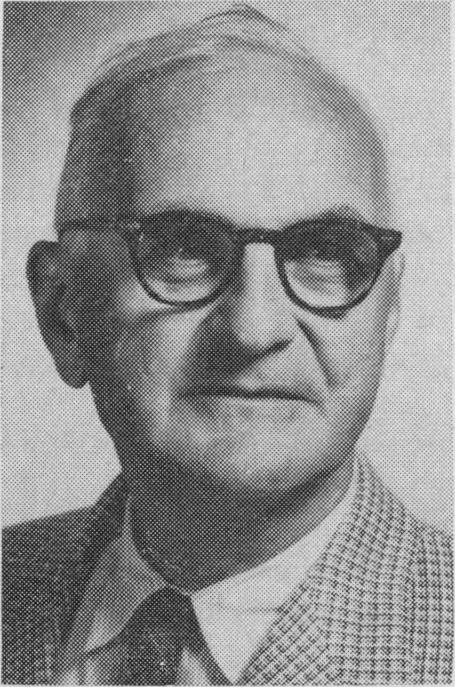
Source: Wikimedia
12. MKULTRA started in the early 50s by the CIA. This program was dedicated to discovering ways to manipulate human behavior and mental states, ultimately achieving total mind control. Out of all of the unethical projects, MKULTRA subproject 68 leaps out as perhaps one of the more perverse and inhumane. In 1951, Dr. Donald Hebb, professor of Psychology at McGill received a $10,000 grant to study sensory deprivation and human isolation. His research became the foundation for MKULTRA subproject 68’s experiments, with Donald Ewen Cameron at the helm. Dr. Cameron believed that the human mind could be reprogrammed, and so he experimented with electro-shock therapy to “de-pattern” neural pathways, subjected patients to repetitive images for up to 16 hours a day for 6 to 7 days, dosing patients with LSD and putting them into a coma, which all resulted in long-term, if not, permanent psychological damage.
13. In 1942, a Harvard doctor, sponsored by the United States Navy, injected 64 prisoners with cow blood. Why? For SCIENCE. ![]()




